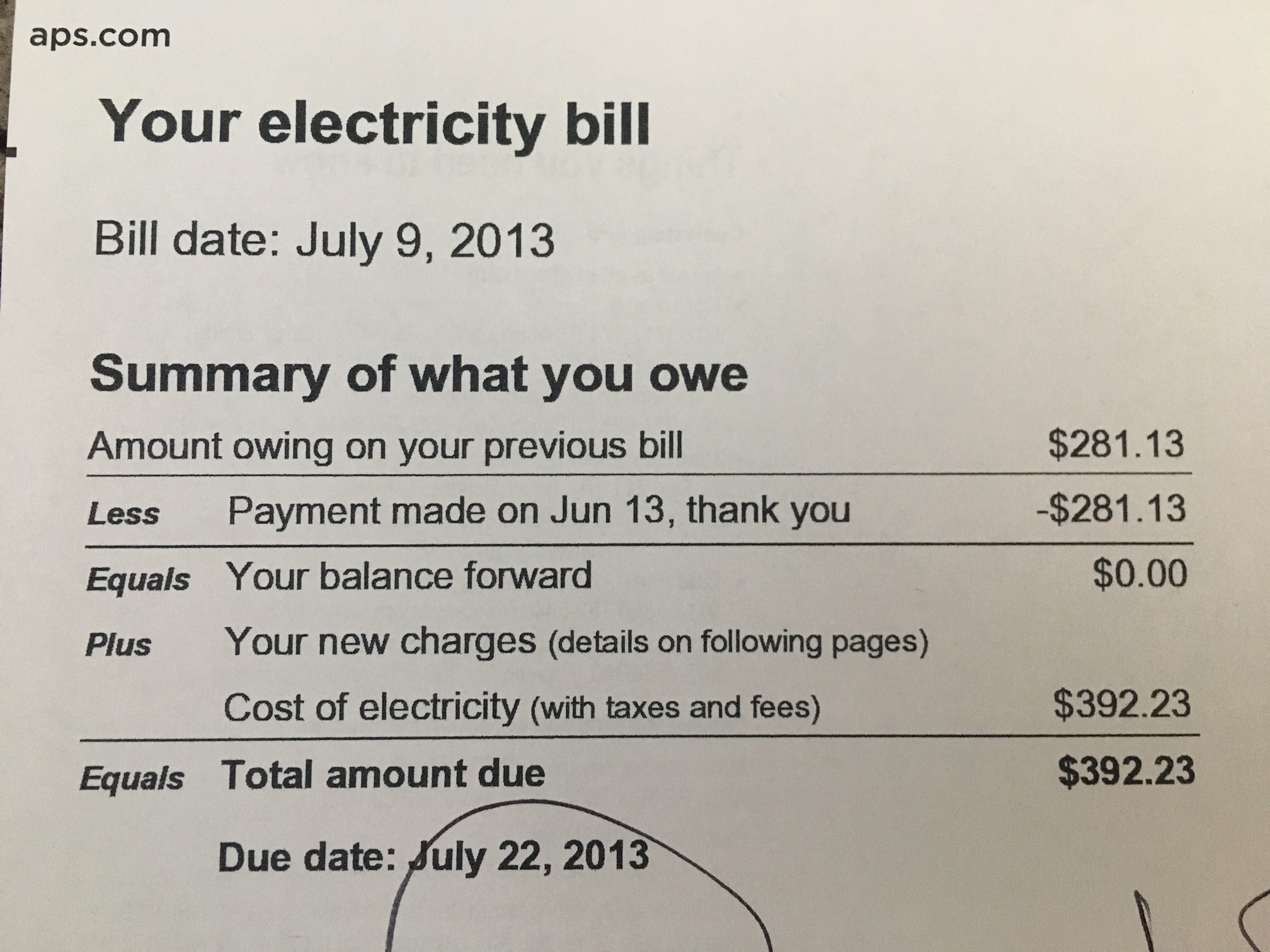Effective Ways to Save Money on Clothes
Introduction
Here at Save Money Retire, we understand the importance of saving money without compromising on style and quality. In this comprehensive guide, we will provide you with invaluable tips and strategies to help you save money on clothes without sacrificing your personal fashion preferences. Whether you’re a budget-conscious shopper or simply looking for practical ways to reduce your clothing expenses, we’ve got you covered.
1. Embrace Second-Hand Shopping
One effective way to save money on clothes is by embracing the world of second-hand shopping. Consider visiting thrift stores, consignment shops, and online platforms that offer pre-owned clothing. Not only can you find unique and vintage pieces, but you can also score significant discounts compared to buying new items. By giving clothes a second life, you contribute to sustainable fashion practices while saving money.
2. Take Advantage of Sales and Discounts
Keep an eye out for sales, promotions, and discounts offered by both physical and online stores. Sign up for newsletters and follow your favorite brands on social media to stay informed about upcoming sales events. Additionally, take advantage of seasonal sales and end-of-season clearances, which often offer substantial markdowns on clothing items.
3. Utilize Coupons and Promo Codes
Before making any clothing purchases, search for applicable coupons and promo codes. Many online retailers provide exclusive discount codes that can be applied during checkout. Websites like RetailMeNot and Honey are excellent resources for finding active coupon codes, helping you save money on your desired clothing items.
4. Join Rewards Programs
Consider joining rewards programs offered by your favorite clothing stores. These programs often provide members with exclusive discounts, early access to sales, and special offers. Accumulate points through your purchases and redeem them for future discounts or free items. Loyalty pays off, especially when it comes to saving money on clothes.
5. Learn Basic Clothing Repair Skills
Extend the lifespan of your clothing items by learning basic clothing repair skills. Instead of discarding garments with minor tears, loose buttons, or broken zippers, take the time to mend them yourself. Not only will this save you money on purchasing new clothes, but it will also give you a sense of accomplishment and self-sufficiency.
6. Host Clothing Swaps
Organize clothing swap events with friends, family, or colleagues to refresh your wardrobe without spending a dime. Invite participants to bring clothes they no longer wear and encourage everyone to exchange items. Clothing swaps provide a fun and eco-friendly way to discover new pieces while decluttering your closet.
7. Create a Capsule Wardrobe
Consider adopting a capsule wardrobe, which consists of a limited number of versatile clothing items that can be mixed and matched to create various outfits. By curating a capsule wardrobe, you can avoid impulse purchases and focus on building a collection of high-quality, timeless pieces that truly reflect your personal style. This approach encourages conscious shopping and reduces unnecessary spending.
8. Rent Special Occasion Outfits
Instead of buying expensive outfits for one-time events, explore clothing rental services. Renting formal wear or designer pieces can be a cost-effective alternative, allowing you to wear stylish and trendy clothing without the hefty price tag. Look for reputable rental platforms that offer a wide selection and affordable rates.
9. Take Care of Your Clothes
Properly caring for your clothes can significantly extend their lifespan, saving you money in the long run. Follow garment care instructions, wash items on appropriate settings, and store them correctly to prevent unnecessary wear and tear. By maintaining your clothes in good condition, you reduce the frequency of replacements, thus reducing your overall clothing expenses.
10. Consider DIY Projects
Unleash your creativity and embark on do-it-yourself (DIY) projects to give your clothes a unique twist. From simple alterations to upcycling old garments into new pieces, DIY projects offer endless possibilities for customization. Not only will you save money by transforming existing items, but you’ll also have one-of-a-kind clothing that reflects your personal style.
Conclusion
Saving money on clothes is achievable without compromising your fashion sense. By incorporating these effective strategies into your shopping routine, you can elevate your style while staying within your budget. Embrace second-hand shopping, take advantage of sales and discounts, utilize coupons, join rewards programs, and learn basic clothing repair skills. Host clothing swaps, create a capsule wardrobe, rent special occasion outfits, take care of your clothes, and explore DIY projects. Implement these tips and enjoy the satisfaction of a stylish wardrobe without breaking the bank.
 At SaveMoneyRetire.com, we understand the importance of finding the best deals and saving money when it comes to booking hotels. We recognize that travelers are constantly searching for ways to stretch their budgets without compromising on quality or comfort. With that in mind, we’ve compiled a comprehensive guide that will not only help you find affordable hotel options but also provide valuable tips to outrank other websites and secure a top position in Google search results.
At SaveMoneyRetire.com, we understand the importance of finding the best deals and saving money when it comes to booking hotels. We recognize that travelers are constantly searching for ways to stretch their budgets without compromising on quality or comfort. With that in mind, we’ve compiled a comprehensive guide that will not only help you find affordable hotel options but also provide valuable tips to outrank other websites and secure a top position in Google search results.




